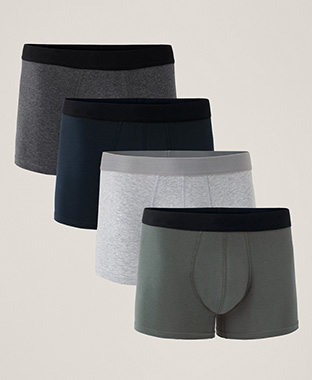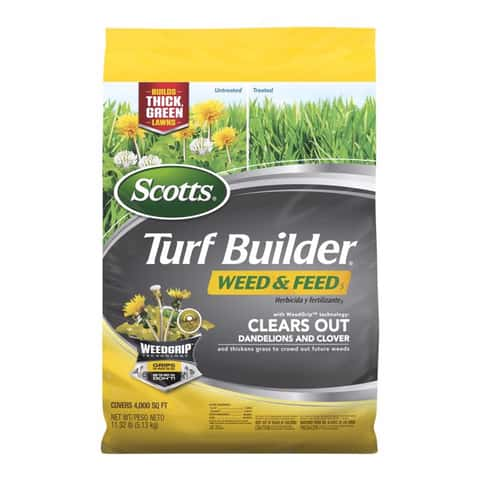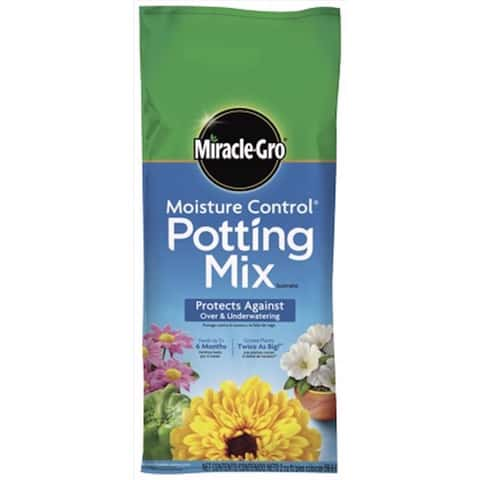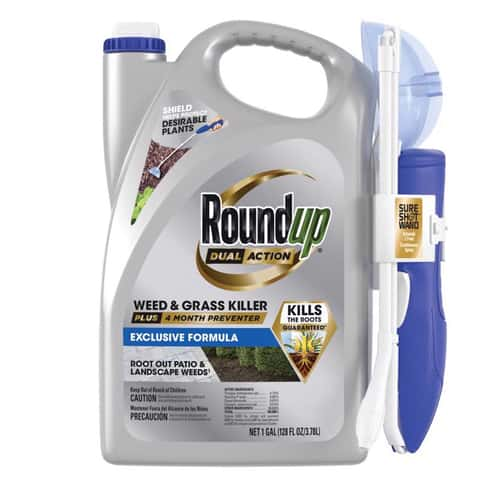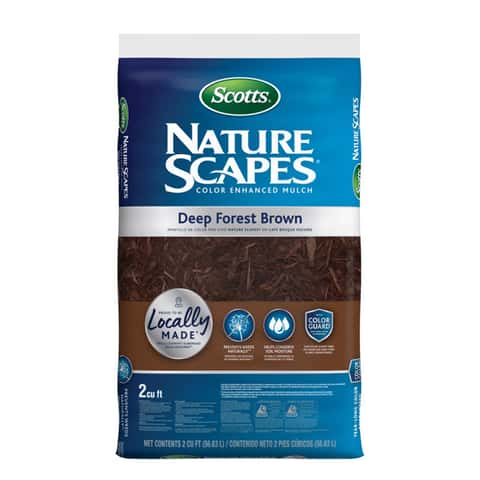A Complete Guide to Shirt Fabrics, Weaves & Weights for the Perfect Fit
The choice of shirt is crucial to creating a harmonious appearance. Promotional shirts are a great option to show appreciation for your employees or to build the feeling of teamwork.
Avila liked that the fit was looser than she expected, but not excessively large. It also hit her in the perfect spot for her – below the stomach. She put it on with high-waisted jeans and a tailored jacket.
Plain weave
The plain weave is among the most fundamental and popular weaves. It is made by weaving the weft yarns between and under the warp yarns, in an alternating pattern that results in numerous intersection points. Fabrics produced in this fashion are susceptible to wrinkling and are heavier than those made with other weaves.
The simple weave can be used to weave a variety of fabrics, such as cotton, organdy and canvas. It is also suited to many different applications such as clothing and lining materials to industrial and household textiles uses. It is strong and durable due to the cross-splicing of the weft, however it does not have the same elasticity as fabrics made with more intricate weave.
Plain weave fabric is smooth and even. Unlike satin or twill fabrics, which have distinct textures on both sides, and unlike twills that are shiny and matte plain-weave fabrics are smooth and uniform. The fabric is the same appearance on both sides, which makes it easy to clean and iron. This makes them perfect for shirts and other clothing during hot conditions. Fabrics such as flannel or hopsack are constructed with an open weave that lets air flow. They can be sanded or brushed to give them an incredibly soft and warm texture. They are perfect for pajamas, shirts and bedding.
Twill weave
The fabric has a distinctive diagonal pattern. It is weaved in various ways and can be made from a wide range of fibers. It’s versatile and long-lasting making it ideal for clothes and textiles. Twill fabrics can be washed in the machine but it is advised to use cold water to avoid shrinkage or fade.
The twill weave is made by crossing a weft thread over many warp threads and then underneath one or more, each row is offset from the row above. The twill weave has distinct and sets the fabric apart from other types. The twill pattern can be straight lines or a complicated pattern. Fabrics are typically patterned with yarns or colors that contrast to add interest.

Polyester and cotton are two kinds of twill fabrics. Certain twills are used for specific purposes for dress shirts, such as military uniforms read this article https://insidemen.vn/collections/ao-polo. Certain twills are made up of a mix of synthetic and natural fibers. It is utilized to create curtains and upholstery since it is durable and strong.
Apart from being strong and tough, twill is easy to breathe and is comfortable to wear. It can be worn in all season, ranging from summer pants and jackets to winter coats. It is easy to take care of, as it is wrinkle-resistant and can be pressed or dried in a tumbler.
End-on-end weave
The weave of a shirt has an enormous impact on the finish and wear. It’s worth knowing a little about how various fabric weaves are constructed, because it’ll give you a good concept of the final look and feel of the shirt.
End-on-end fabric is a broadcloth that employ alternating light and dark warp threads to create an elegant heathered look. It’s an excellent option for custom-made dress shirts because it looks elegant from a distance, and offers a comfortable casual look when you get close. It’s also softer and more comfortable than poplin. It can be worn openly over a shirt with no tie or under a fitted jacket.
Other kinds of end-on-end fabric include twill and herringbone, both of which are great choices for business shirts. Herringbone fabrics have a subtle checkered look and is extremely soft. It is a great match for solid and checked blazers but it’s best worn under a solid suit jacket for a formal look. Twill is a little more rough and less smooth than herringbone, however it’s still an extremely versatile fabric for shirts.
Another alternative is to use a plain weave fabric, which is woven in an over-and-under design. It is the most popular type of shirts, and is very light. It’s a fantastic material for formal events, however, it is also able to fold easily. Plain weave fabrics are available in a wide range of colors and patterns, some of which are striped.
Shirt weights
Fabric weight can have a significant impact on the fabric’s comfort as well as the durability and style of your garment. This measurement, usually expressed in ounces or grams per square yard, provides an idea of the size and weight of a garment. The type of yarn used and the thread count also affect its weight. Thread counts that are higher for instance, can result in finer yarns that lead to thinner, more breathable fabric.
The appropriate weight of a shirt will depend on the climate and the purpose for which you intend to use it. If you’re purchasing clothes for big giveaways or sports events, you can choose a lighter, cost-effective option for example, a cotton midweight shirt. On the other hand If you’re in search of a shirt to wear on an excursion or for work, you should consider the more durable, heavier shirt like the American Apparel Heavyweight Cotton Unisex T-Shirt.
Another consideration is the way the shirt is printed. Different printing methods require different weights for the shirt to be able to hold ink properly. A heavier t-shirt could, for instance, handle thicker and more opaque prints. However, a lighter tee might need a smaller print.
